“Face milling is an essential machining process that removes material from a workpiece’s surface to produce a smooth and flat finish. It’s highly efficient for creating precise and uniform surfaces on large and flat areas.”
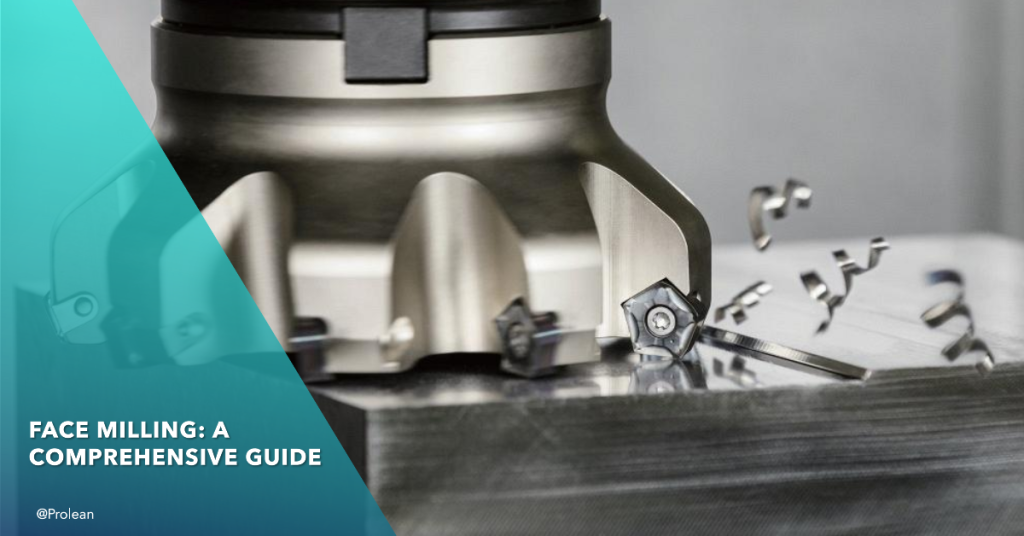
CNC Milling is one of the key machining processes in manufacturing known for high precision and complexity. It involves feeding the workpiece into rotating cutting tools to remove the material and achieve the intended shape. However, there are two types of milling operations based on the position of the workpiece and cutting tool, Face Milling and Peripheral Milling. In face milling, the cutting tool is positioned perpendicular to the workpiece surface, whereas they are parallel to each other in peripheral milling.
The face-milling process is widely used to create flat surfaces on various materials as it provides a high material removal rate. In this article, we will focus on Face milling, including its process, machining tools, applications, advantages, etc.
What is Face Milling?
It is one of the simple milling operations that convert a wavy surface into a uniformly flat one. So, the main purpose of face milling is flattening the material surface. Often, it could be a surface preparation stage for other complex machining processes like drilling, EDM, etc.
The face milling cutters contain cutting tooths on the front face surface, directly towards the workpiece’s top surface. Although this milling operation does not remove large amounts of materials, it has a good material removal rate. This simultaneous, repetitive cutting action levels the high spots and smooths out irregularities, resulting in a flat and uniform surface.
The process uses different tools based on the material type and surface condition, flay cutter, and end mills. Meanwhile, either CNC milling machines or Machining centers are used as machining equipment.
Try Prolean Now!
Working of Face Milling Process: Step-by-Step
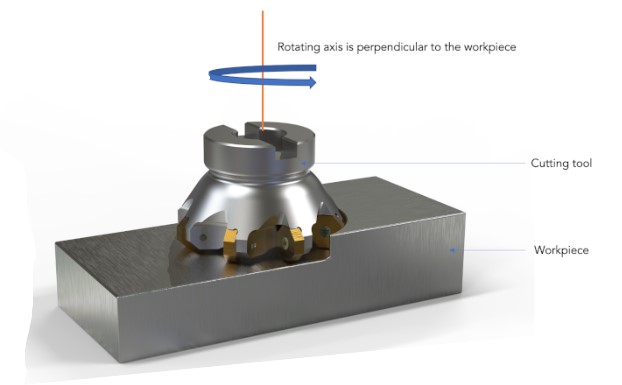
Face milling material removal mechanism
Here are the steps involved in face milling operation;
Stage 1: Clamping the Workpiece
Firstly, secure the workpiece to the machine table using clamps, a vice, or other fixtures to prevent any movement during the milling process. Ensure the workpiece is stable and properly positioned with the face of the milling cutter.
Stage 2: Tool and Workpiece Alignment
Next. aligning the workpiece and cutting tool. You can use dial indicators or other alignment tools to check and adjust the positioning. The main thing is that the cutting tool should be centred over the workpiece, and the workpiece surface should be perpendicular to the rotational axis of the tool.
Stage 3: Setting the Milling Parameters
Set spindle speed, feed rate, and cutting depth on the control panel of the CNC machine. You need to consider the workpiece material and the specifications of the cutting tool. In further sections, we will elaborate more about these parameters. You can also test-run the parameters with actual workpieces to optimize them for Custom Milling.
Stage 4: Machining Stage
Finally, it is time for actual milling. Start the milling machine and gradually lower the cutter to engage with the workpiece surface. The pre-uploaded CNC instructions guide the cutter across the workpiece in an overlapping path to ensure the entire surface is machined.
What are the Face Milling Tools?
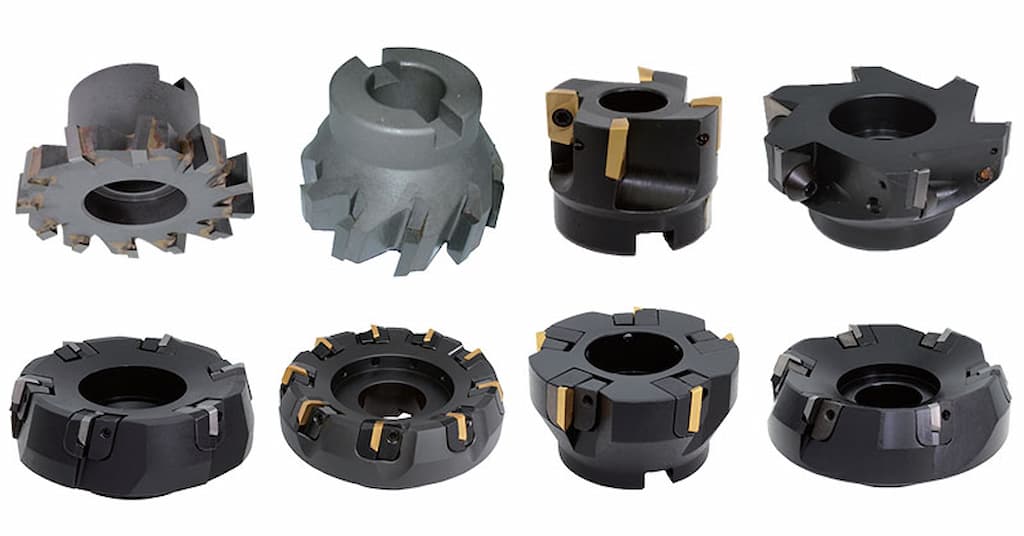
The face milling tools
Shell mills and fly cutters are the main face milling tools, whereas end mills are also applicable in a few cases. Each of these tools has a distinct structure and features. Shell milling tools are ideal for lar fine quality, whereas fly cutters can work with large surface areas;
Shell Mills
The shell mill’s structure includes the teeth on its face and insets on the edges. This coupling can handle hard materials and speeds up the material removal. The inserts first touch the workpiece, a small amount of material removal, whereas multiple teeth engage then to refine the surface by further removal. Th shell mills produce Consistent and high-quality finish with frequent insert replacement after wear or while changing the workpiece materials.
Fly Cutters
Fly cutters are single-point cutting tools with single teeth and an insert. These adjustable cutting tools are ideal for face milling of larger surface areas. However, their milling speed is slower than other cutting tools. Additionally, it is also a low-power consumption tool.
End Mills
End mills or cutters have fewer implications as face milling tools compared to shell mills and fly cutters. The sharp face of an end mill is not sufficient to execute the successive pass over the surface. However, it can create patterns on the surface.
Face Milling: Metals Vs Plastics
The face milling operations can be performed on a variety of materials, including plastics, metals, and composites. Due to their differences in properties, they behave differently with face cutters. For example, it could be Plastic Milling can be a challenge in terms of efficient chip removal. On the other hand, Milling Metal with high hardness might require special considerations on cutting tool material.
The table below illustrates the key differences of face milling on plastic and metal workpieces;
|
Criteria |
Plastic Face Milling |
Metal Face Milling |
|
Tool Material |
High-Speed Steel (HSS), Carbide |
Carbide, High-Speed Steel (HSS), Cobalt |
|
Milling Speed |
Higher due to lower material hardness |
Lower due to higher material hardness |
|
Tooling |
Sharp, polished tools to avoid melting |
Robust tools to handle high temperatures and wear |
|
Challenges |
Melting, deformation, chip removal |
High wear, tool breakage, heat management |
|
Spindle Speed |
Higher (up to 30,000 RPM) |
Lower (1,000 – 10,000 RPM) |
|
Cost |
Lower tooling and material costs |
Higher due to more robust tooling and material costs |
Try Prolean Now!
Tips for Successful Face Milling Operation
Here are some tips you can follow while executing the face milling process, from tooling to surface quality considerations;
- Tool Stability
First, you must ensure the stability of the spindle and the tool attached to it. Additionally, check the spindle has enough horsepower to operate.
- Tool Material
Based on the workpiece material type and desired finish quality, choose the tooling material. For example, shell mills are ideal for hard material milling, whereas fly cutters can offer more fine finishes.
- Consistent Tool Paths
The frequent entering and exiting of tools from the workpiece surface stress the cutting edge, which can lead to excessive chattering. So, maintain the continuous tool path to address this risk.
- Face Milling Over Secondary Features
If the milling surface includes secondary features like holes and slots, reduce the feed rate to ease the force on the cutting edges.
- Focus on Surface Finish
In addition to flatness, focus on the desired surface finish also. Adjust your tool choice and cutting parameters to maximize the finish quality. For instance, slower operations with a fly cutter can yield a very smooth and shiny surface.
Types of Face Milling Operations
Based on the capability and process characteristics, there are three major types of face mill processes; general type, heavy-duty, and high-feed face milling. The list below elaborates on them briefly.
- General Flattening Operation
It is the basic and most common type of face milling that involves a simple face cutter with more diameter than the workpiece. The cutting tool touches the milling surface(enters) at an angle of 45°. This face milling process is for the general flattening of workpieces, which might go further with other milling or machining processes.
- Heavy Duty Face Milling
As the name suggests, the heavy-duty face milling process removes the heavy chunk of materials from the workpiece to make it fine and uniform. So, it is used in large and aggressively rough workpieces. The cutter enters into workpiece edges at an angle of 60°. Furthermore, this milling operation requires the machining spindle of high power and carbide or diamond-coated tools, fly cutter can be a suitable option.
- High Feed Face Milling
The high feed rate( 1000m/min +) is typically suitable for soft materials like aluminum and ABS plastic. It involves smoothing the surface by entering the workpiece at an angle of 10-15°. Although it accommodates a high feed rate, the amount of material removal is lower than other types.
Advantages of Face Milling
It is the ideal process to flatten the material surface as subsequent machining operations require uniform surfaces to craft them. Meanwhile, the smooth and flat surface is itself the final requirement in many products. Other advantages are;
- High Rate of Material Removal: A face mill can feed the material more than 1000m/min, which makes it perfect for heavy roughing tasks.
- Dimensional Accuracy: The CNC mills can precisely control over dimensions and tolerances along with the flatness, ensuring that the workpiece meets the dimensions requirements.
- Efficient Chip Evacuation: Face milling tools are designed to efficiently evacuate chips from the cutting area.
- Versatility: It is versatile and can be used on a variety of materials, including metals, plastics, and composites.
- Flexibility in Tooling: Face milling has options for cutting tools, including carbide inserts and high-speed steel, which makes the tool and material selection process more flexible.
Applications of Face Milling
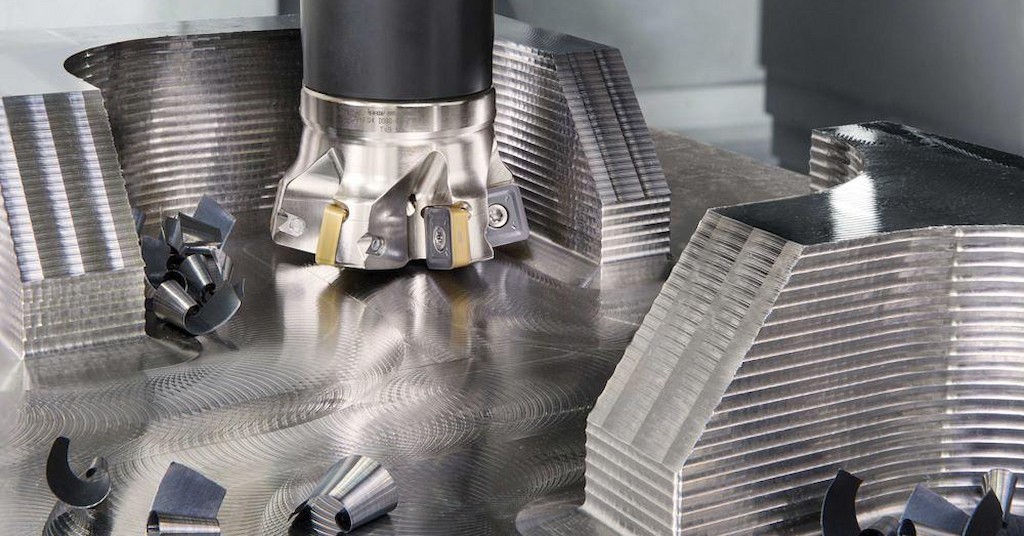
Face milling applications
The face-milled parts involve leveled and smooth surfaces, sometimes patterns like recesses. It has applications in the following areas;
|
Application |
Description |
Real World Examples |
|
Surface Preparation |
Surface smoothing for further processing or finishing |
Prepping metal sheets for coating or painting |
|
Surface Leveling |
Uniform surface leveling of the workpiece |
Flat metallic foundation for machinery |
|
Workpiece Formatting |
Shaping and sizing workpieces to desired dimensions |
Machining engine blocks to precise dimensions |
|
Pattern Incorporation |
Integrating patterns or textures into the surface |
Unique patterns to decorative panels |
|
Edge Processing |
Machining and refining the edges of a workpiece |
Finishing edges of metal parts for assembly |
Try Prolean Now!
Face Milling with CNC Machines at ProleanTech
ProleanTech is a leading company based in Shenzhen regarding CNC Milling China. Our advanced machining factory with multi-axis CNC milling machines is capable of handling face milling and all other milling processes. We are flexible with various materials and applications, and you can trust us for any CNC Milling Service, whether you need a few prototypes of large-scale production.
So, request a quote today!
Summary
We have discussed the face milling process and its various aspects in this article. Overall, it is the go-to option to flatten the workpiece surface uniformly. However, the right type of tooling and milling speed is essential to achieve the optimal result, shell milling tool, end mill, or fly cutters. Additionally, you can face mill the workpiece whether a minor amount or a chunk of material needs to be removed to obtain the flatness.

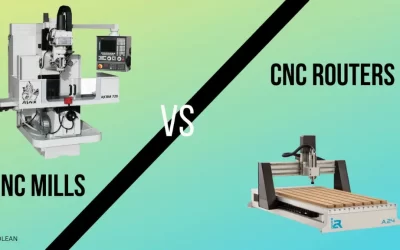
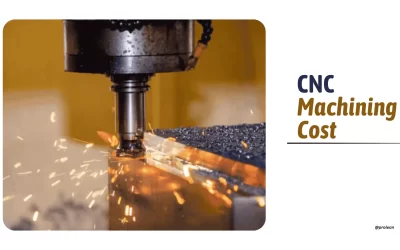
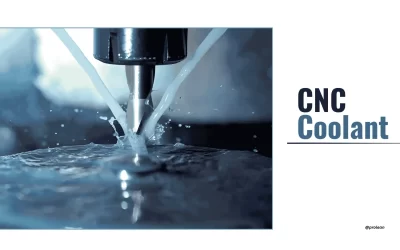
0 Comments